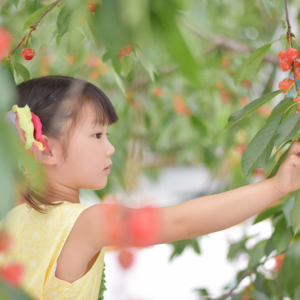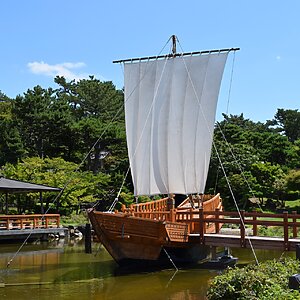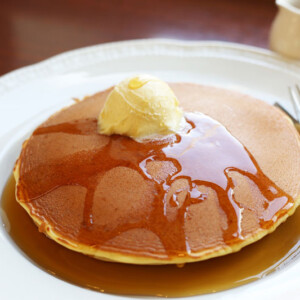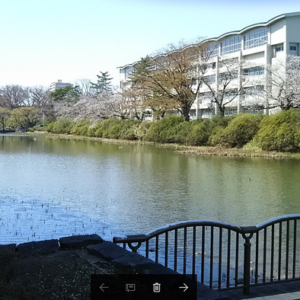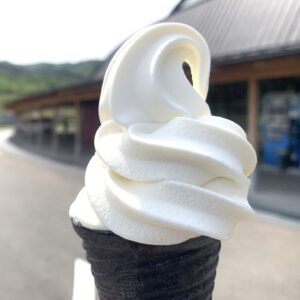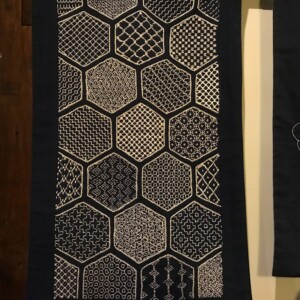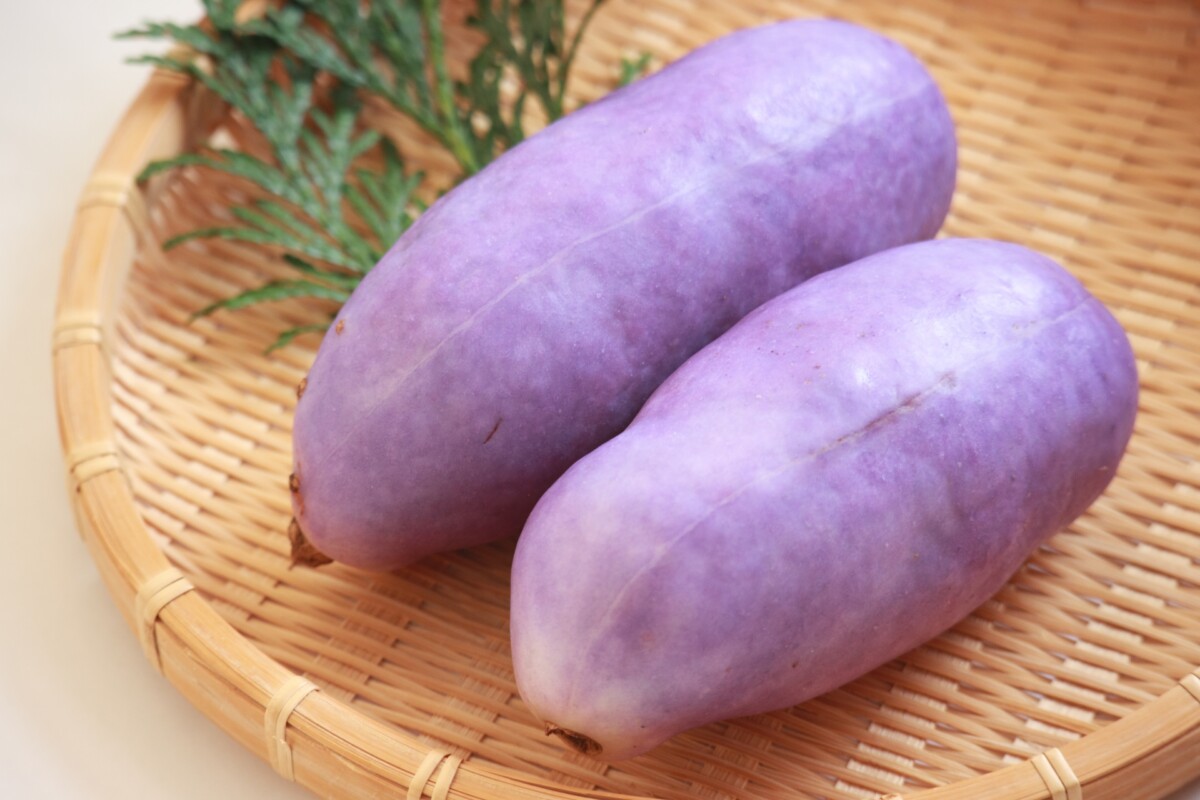
More than 90% of Japan's distribution volume is from Tohoku! Akebi, one of the flavors of autumn [Yamagata, Akita]
table of contents
Although it is not a commonly sold fruit, Akebia .
Although it is often thought of as growing wild in mountainous areas, it is actually cultivated commercially as well, with Yamagata and Akita prefectures accounting for over 90% of domestic production
What is Akebia?
Akebia is a climbing deciduous shrub of the Akebiaceae family that is found in Honshu, Shikoku, and Kyushu, excluding Hokkaido, and grows mainly in sunny mountains and fields
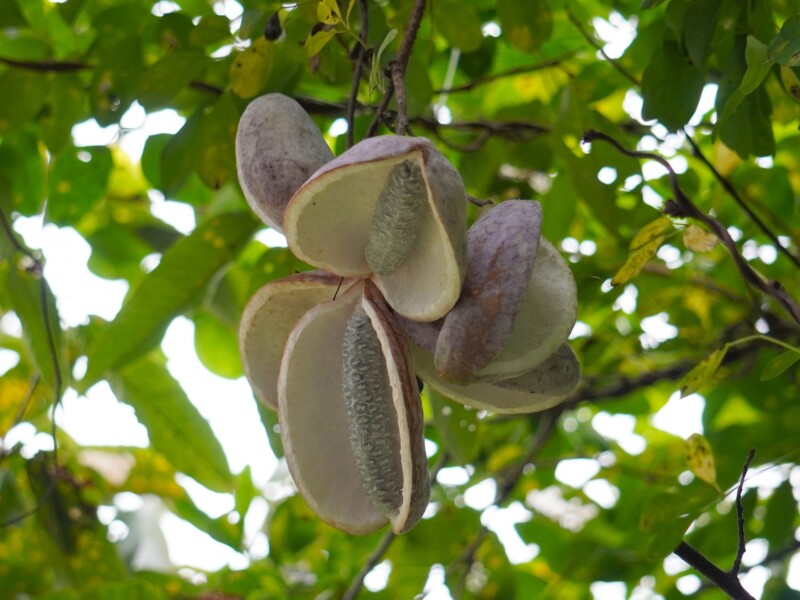
The stems turn into vines that grow and twine around other trees, and when the fruit ripens it splits vertically, exposing the sweet white flesh and black seeds. This is known as the opening of the fruit, and is the origin of the name "akebia."
Akebia has a variety of uses as a food ingredient
Akebia, whose fruit ripens in autumn, is often thought of as a fruit because its sticky white flesh has a banana-like texture and is sweet, but the skin can also be eaten
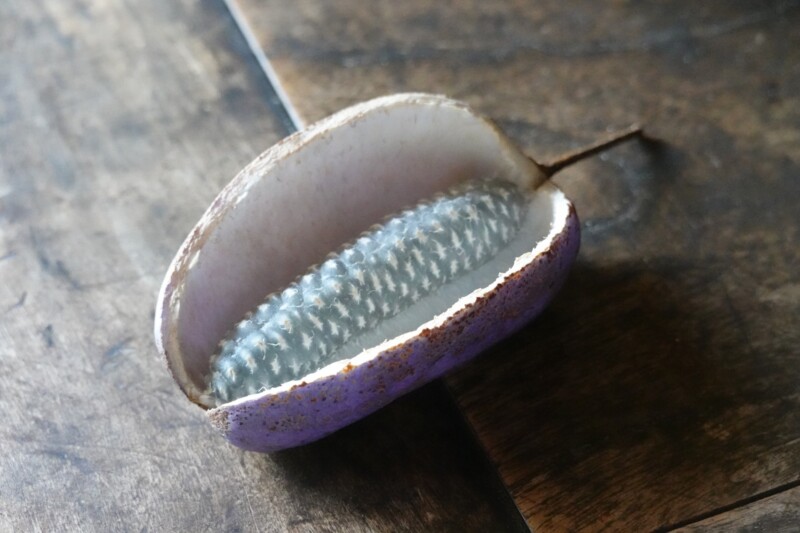
The peel is used like a vegetable, stir-fried with minced meat and miso, or stuffed with chopped meat, miso, mushrooms, etc. and baked.It is known to go well with oil because of its bitter taste like bitter melon and texture like eggplant
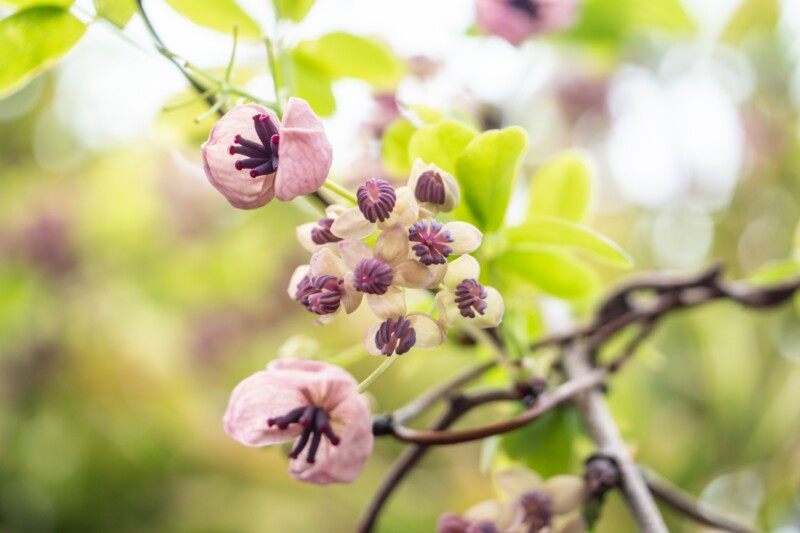
Furthermore, the young shoots that sprout in spring are used as wild vegetables, and the vine-like stems that grow and become woody are sometimes used as herbal medicines
In some areas of Akita Prefecture, Akebia seeds were pressed and used as cooking oil, and it was once a luxury product known as the "king of cooking oils." It went into decline as cheaper cooking oils became more widespread, but in 2017, it was once again commercialized as a luxury cooking oil, led by the former Nishiki Village (now Senboku City)
It's a truly versatile plant that has no waste
Nutrients in Akebia
The flesh is rich in vitamin C, with 65mg of vitamin C per 100g of edible portion, which is the third highest among fruits after kiwifruit and persimmon. It also contains folic acid, which is said to be effective in preventing anemia
The peel also contains a lot of potassium, which promotes the excretion of salt and prevents high blood pressure
Menard Cosmetics discovers Akebia's diet effects?
Menard Cosmetics Japan Co., Ltd. discovered in 2023 that an extract extracted from Akebia fruit has the effect of increasing beige fat cells in subcutaneous tissue, which have the ability to consume fat as heat
Since then, health foods containing Akebia extract have also been sold
Yamagata and Akita prefectures produce over 90% of the total amount distributed nationwide
Originally, the area cultivated commercially was not large, and the absolute amount of Akebia distributed was small, but almost all Akebia distributed in Japan comes from the Tohoku region
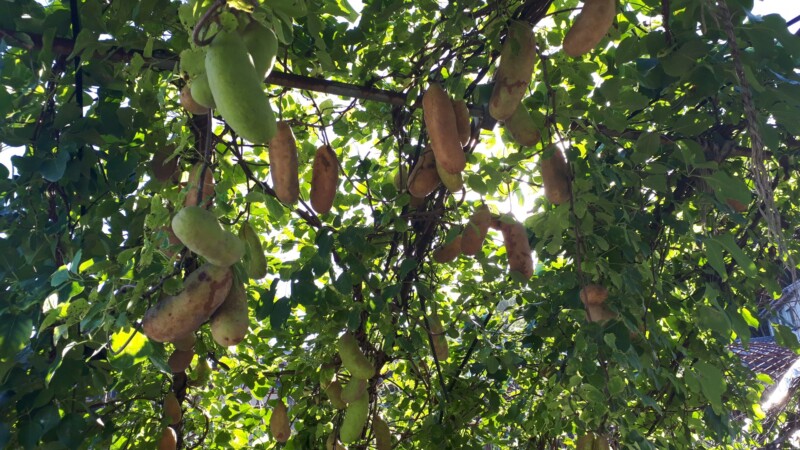
According to 2020 statistics from the Ministry of Agriculture, Forestry and Fisheries
- Yamagata Prefecture Harvest Yield: 44.8 tons Percentage (Share): 73.44%
- Akita Prefecture Harvest Yield: 16.2 tons Share: 26.56%
- none
It states that 100% of domestic production is produced in Yamagata and Akita prefectures. However, we have speculated that there may be some areas producing it in small amounts in other regions, so we have deliberately avoided making a clear statement that it is 100%.
In Yamagata Prefecture, a group from Tendo City collected ginger from the mountains and shipped it to the Kanto region, where it received high praise, leading to increased production in Tendo City, Shirataka Town, and Asahi Town. In Akita Prefecture, most of the ginger is produced in Yurihonjo City
Link: Delicious Yamagata – Akebi, a place that promotes the unique local food culture
summary
Akebia is a versatile plant that can be used in every part, from the fruit and peel to the stems and seeds
It's not an ingredient you get to eat very often, but if you have the chance, why not give it a try?
During the harvest season, which is around September to October, it will also be available for purchase at various online shops


